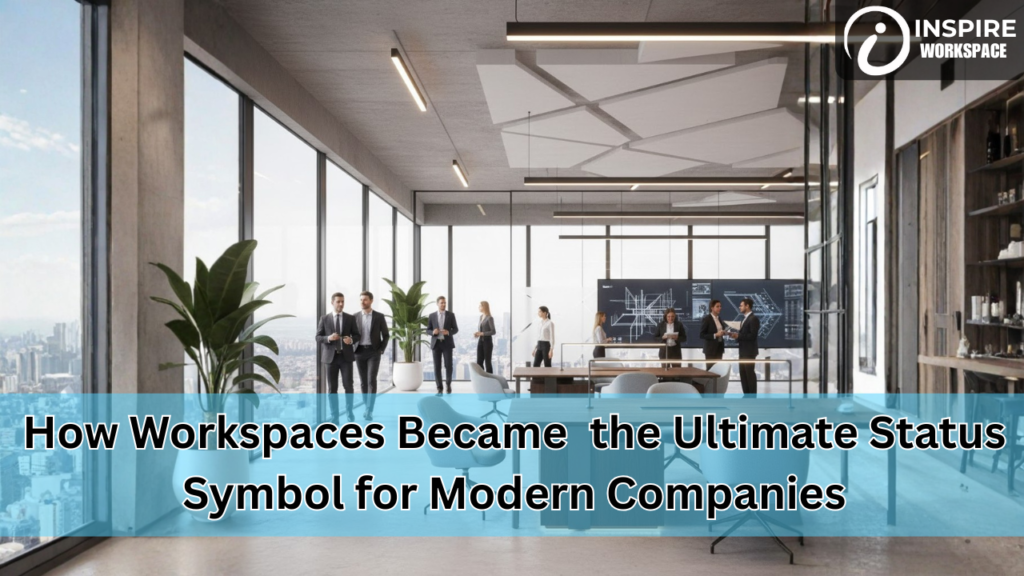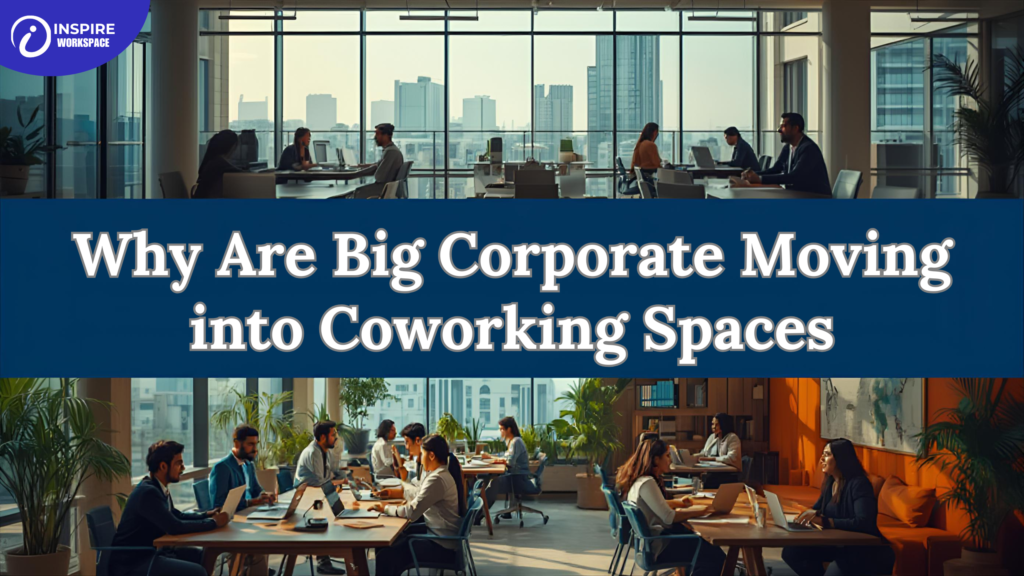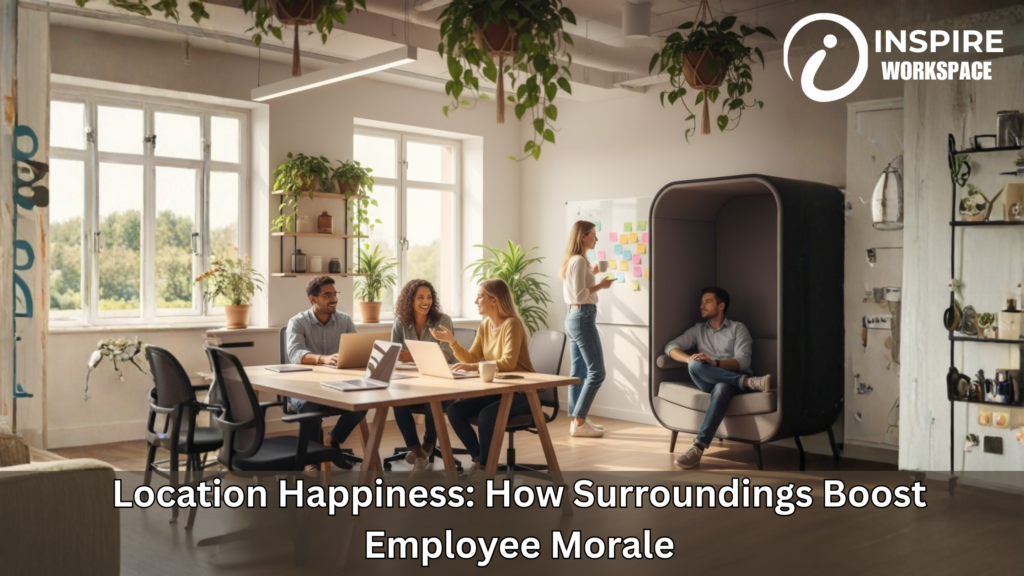The Economics of Coworking: Trends & What to Expect in 2026
Introduction The trend of coworking space boom in the last decade has seen coworking’ culture extensively spreading across the world. Originating as a coworking solution primarily for freelancers and self-employed professionals, this has become fundamental to the infrastructure of today’s business. In one such instance, companies are turning to flexible co-working spaces that offer comparable facilities and a similar experience as traditional office space. By taking a look at the economics behind this trend, we can begin to understand why coworking is still on the rise and what it will be like come 2026. Coworking as an Economic Model At the crux, coworking is based on a resource-sharing model that offers greater cost savings and space utilization. Typical office setups involve long-term leases, upfront investment and continuing maintenance costs. Coworking, on the other hand, provides companies with move-in ready space via contract that you may amend at will turning fixed costs into a flexible cost of business. If you operate a workspace then coworking offers the chance to increase revenue per square foot by accommodating different types of users. It’s a win-win model, companies get more liquidity and operators have access to adjustable and diversified cashflow streams. Key Economic Factors Driving Coworking Growth There are a number of structural and economic reasons for persistent demand for coworking spaces. Changing Demand from Enterprises Previously, coworking was predominantly seen as the domain of early-stage companies, but increasingly it has been driven by large companies too. Many businesses use coworking facilities as satellite offices, incubators, and project sites. This method enables businesses to remain nimble while avoiding long-term real estate liabilities. Enterprise appetite has driven pricing models and service propositions as well. Operators are expanding the utilization of tailored versions based on corporate compliance, security and branding need. Pricing Structures and Revenue Diversification The economics of coworking have evolved beyond mere desk rental. Today’s coworking spaces offer memberships in multiple tiers, private offices, day passes and enterprise packages. This modularity allows users to chose options that best fit their needs in both cost and operation. Work operators not only get paid from workspace, but also from meeting rooms, event space, business services and tech-powered amenities. This diversification enhances financial stability and lessens dependence on a single source of income, increasing long-term sustainability. Cost Advantages for Businesses On a business level, coworking makes sense in terms of dollars and cents. Costs for utilities, internet, security, cleaning and office management are lumped into one predictable fee. This means simplified budgeting and lower administrative overhead. Coworking also supports scalability. With workspace pay-per-use, you can scale workspace use up or down to adapt to fluctuations in team size or project needs without being penalized. This flexibility is most useful in uncertain economic conditions. Role of Technology in Reducing Costs Coworking economics is interspersed with technology on a fundamental level. Digital access control, hot-density booking and utilization monitoring all assist operators in maximizing space usage and minimizing wastage. Using these tools leads to profitable, data-based decisions. For the end user, reliable connectivity and digital tools that are central to completing their work increases productivity and collaboration. When physical space and digital infrastructure are seamlessly integrated together, the sum is greater value than the two parts alone making coworking a smart investment. Sustainability and Long-Term Value Sustainability being more and more linked with performance factors. Since the energy is shared by users, it reduces aggregate server power and minimizes wasted space, both of which lower environmental cost per user. With sustainability increasingly at the forefront, coworking spaces with efficient design and operations will have a much bigger competitive edge. Already by 2026, sustainability-led behaviors should impact operating costs and customer demand, making sustainable resource management a necessary part of coworking eco-economics. Regional Expansion and Market Maturity Coworking spaces are spreading beyond prime cities to smaller towns and tier-2 cities. This accommodation reflects changing work habits and the preference for offices near homes. These are markets where real estate costs tend to be lower, meaning margins are enhanced for operators and options are cheap for users. Competition is anticipated to rise as the industry comes of age. Your success will be based on the quality of your service AND efficient operations and local/appropriate market adjustment, not scale. What to Expect in 2026 Coworking will become fully part of business’ workspace strategies by 2026. The momentum toward flexible, enterprise-friendly solutions that enable hybrid work models will only grow. Operators will concentrate on enhancing customer service, minimizing costs and utilizing technology to stay profitable. Coworking is not a replacement for the traditional office, but rather it can work side by side with the traditional office as a tactical hedge within corporate real estate planning. Conclusion The economic mores that activate the coworking revolution are those of a general trend toward mutability and plays for cost.” With businesses dealing with changing workstyles and financial strain, coworking spaces are a cost-effective way to handle it. Fast forward to 2026, and coworking isn’t the alternative option – it’s a desired piece of sustainable business and workspace strategy.










